Best Companion Plants For Calibrachoa
Best Companion Plants for Calibrachoa
Calibrachoa, also known as million bells, are small, trailing flowers that are beloved for their bright colors and long bloom time. They are relatively easy to care for and can be grown in a variety of settings, from hanging baskets to garden beds.
One of the best things about calibrachoa is that they can be easily paired with other plants to create beautiful and complementary displays. When choosing companion plants, it is important to consider the size, growth habit, and sun requirements of the plants.
Here are some of the best companion plants for calibrachoa:
- Petunias: Petunias and calibrachoa are both popular annual flowers that thrive in full sun. They have similar water and fertilizer requirements, so they are easy to care for together. Petunias come in a wide variety of colors, so you can easily find some that complement the colors of your calibrachoa.
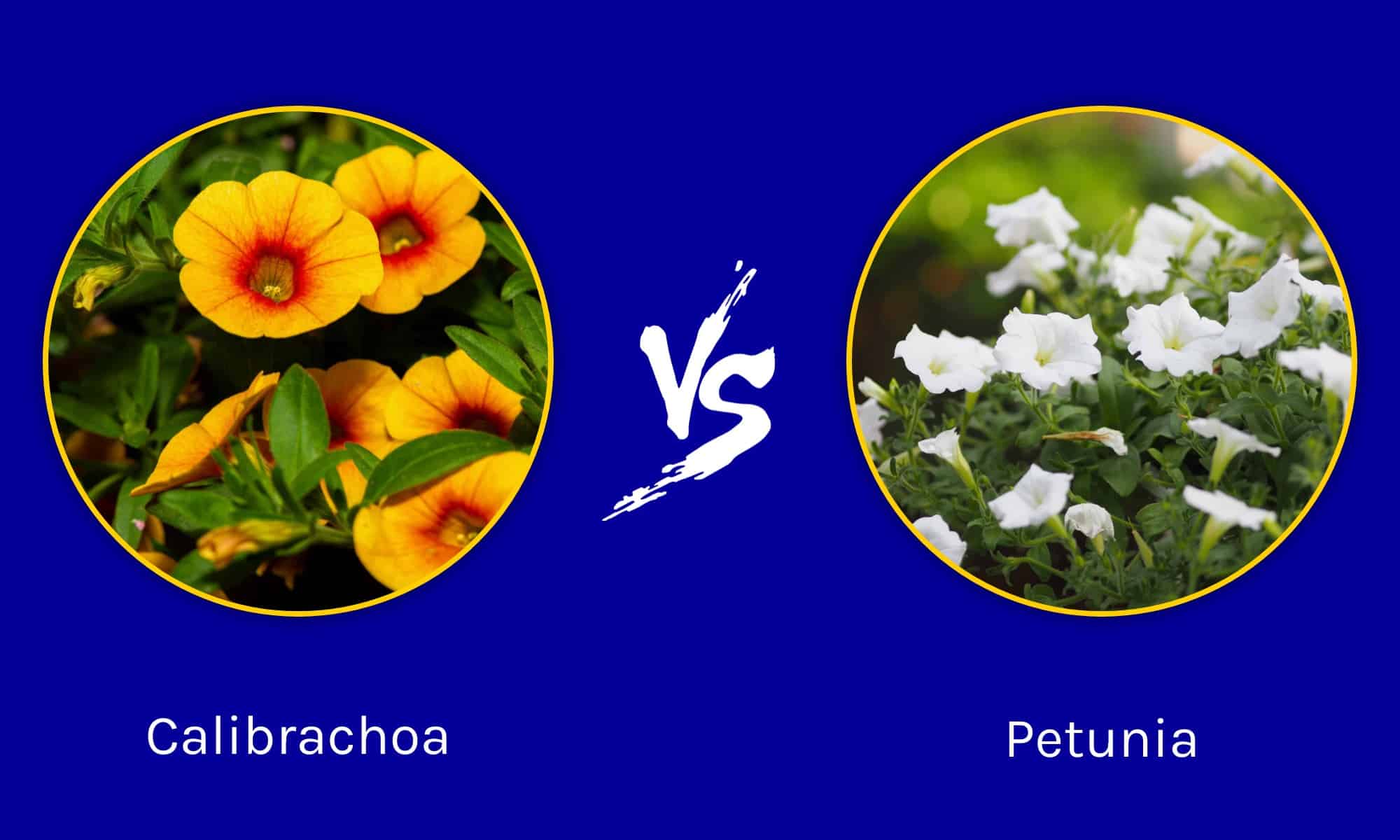
- Zinnia: Zinnias are another great companion plant for calibrachoa. They are both heat-tolerant and drought-tolerant, so they can thrive in hot, dry climates. Zinnias come in a variety of colors, including red, orange, yellow, pink, and purple.

- Sweet potato vine: Sweet potato vine is a trailing plant that can add a touch of tropical flair to your garden. It is relatively easy to care for and can tolerate full sun or partial shade. Sweet potato vine comes in a variety of colors, including green, yellow, orange, and purple.

- Bacopa: Bacopa is another trailing plant that is perfect for hanging baskets or containers. It is a low-maintenance plant that can tolerate full sun or partial shade. Bacopa comes in a variety of colors, including white, blue, and pink.

- Coleus: Coleus is a colorful foliage plant that can add interest to any garden. It is relatively easy to care for and can tolerate full sun or partial shade. Coleus comes in a wide variety of colors, including red, orange, yellow, pink, and purple.
- Dusty miller: Dusty miller is a silvery-leaved plant that can add a touch of contrast to your garden. It is relatively easy to care for and can tolerate full sun or partial shade. Dusty miller is also drought-tolerant, so it is a good choice for areas with hot, dry summers.

- Creeping jenny: Creeping jenny is a fast-growing groundcover plant that can be used to fill in empty spaces in your garden. It is relatively easy to care for and can tolerate full sun or partial shade. Creeping jenny comes in a variety of colors, including green, yellow, and orange.

- Purple fountain grass: Purple fountain grass is a tall, ornamental grass that can add height and interest to your garden. It is relatively easy to care for and can tolerate full sun or partial shade. Purple fountain grass is also drought-tolerant, so it is a good choice for areas with hot, dry summers.
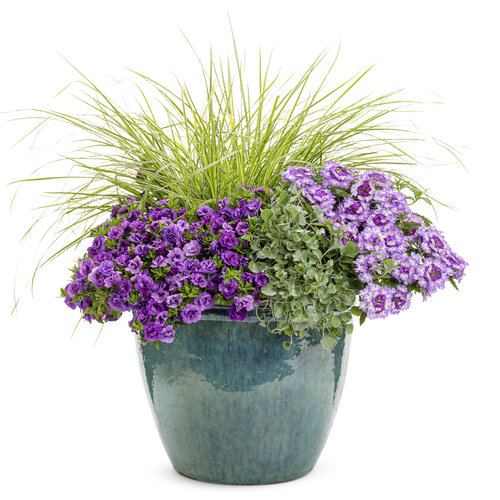
When choosing companion plants for calibrachoa, it is also important to consider the overall look and feel you want to create in your garden. For example, if you want a bright and cheerful display, you might want to choose companion plants with complementary colors. If you want a more subdued look, you might want to choose companion plants with similar colors.
No matter what look you are going for, there are sure to be a variety of companion plants that will work well with calibrachoa. Experiment with different combinations until you find the perfect look for your garden.
Calibrachoa, also known as million bells, are beautiful, colorful flowers that are perfect for adding a pop of color to any garden. But did you know that calibrachoa can also be grown in containers? And that when grown in containers, they can benefit from being planted with companion plants?
Companion plants are plants that grow well together and can help each other thrive. For calibrachoa, some good companion plants include:
- Petunias: Petunias are another popular annual flower that loves full sun and well-draining soil. They also have similar watering and fertilizer needs as calibrachoa, making them a great choice for companion planting.
- Bacopa: Bacopa is a trailing plant that can help to fill in empty spaces in your container garden. It also blooms all summer long, providing a continuous display of color.
- Lantana: Lantana is a tropical plant that is known for its colorful blooms. It can tolerate heat and humidity, making it a good choice for growing in containers in warm climates.
If you're looking for more information about calibrachoa companion plants, I recommend visiting Garden Wiki. This website has a comprehensive list of companion plants for calibrachoa, as well as tips on how to plant and care for them.
FAQ of calibrachoa companion plants
Question 1: What are some good companion plants for calibrachoa?
Answer: Calibrachoa plants are relatively low-maintenance and can be grown in a variety of conditions. However, there are a few companion plants that can help to improve their growth and appearance. Some good options include:
- Lavender: Lavender is a fragrant herb that attracts pollinators, which can help to improve the pollination of calibrachoa flowers. It also helps to deter pests.
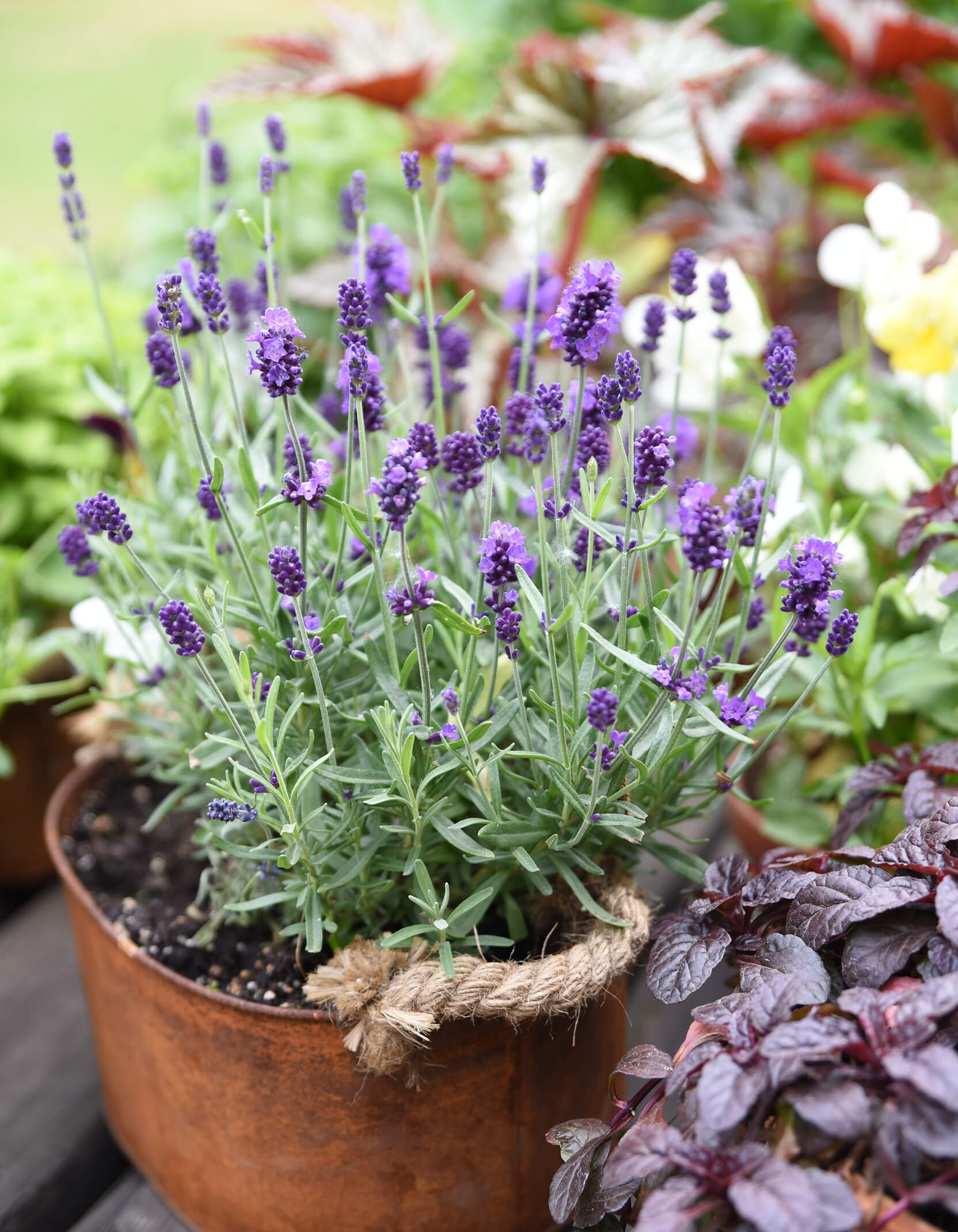
- Marigolds: Marigolds are another herb that attracts pollinators. They also help to repel nematodes, which can damage calibrachoa roots.

- Alyssum: Alyssum is a low-growing plant that can help to fill in the spaces between calibrachoa plants. It also blooms for a long period of time, which can help to extend the flowering season of calibrachoa.
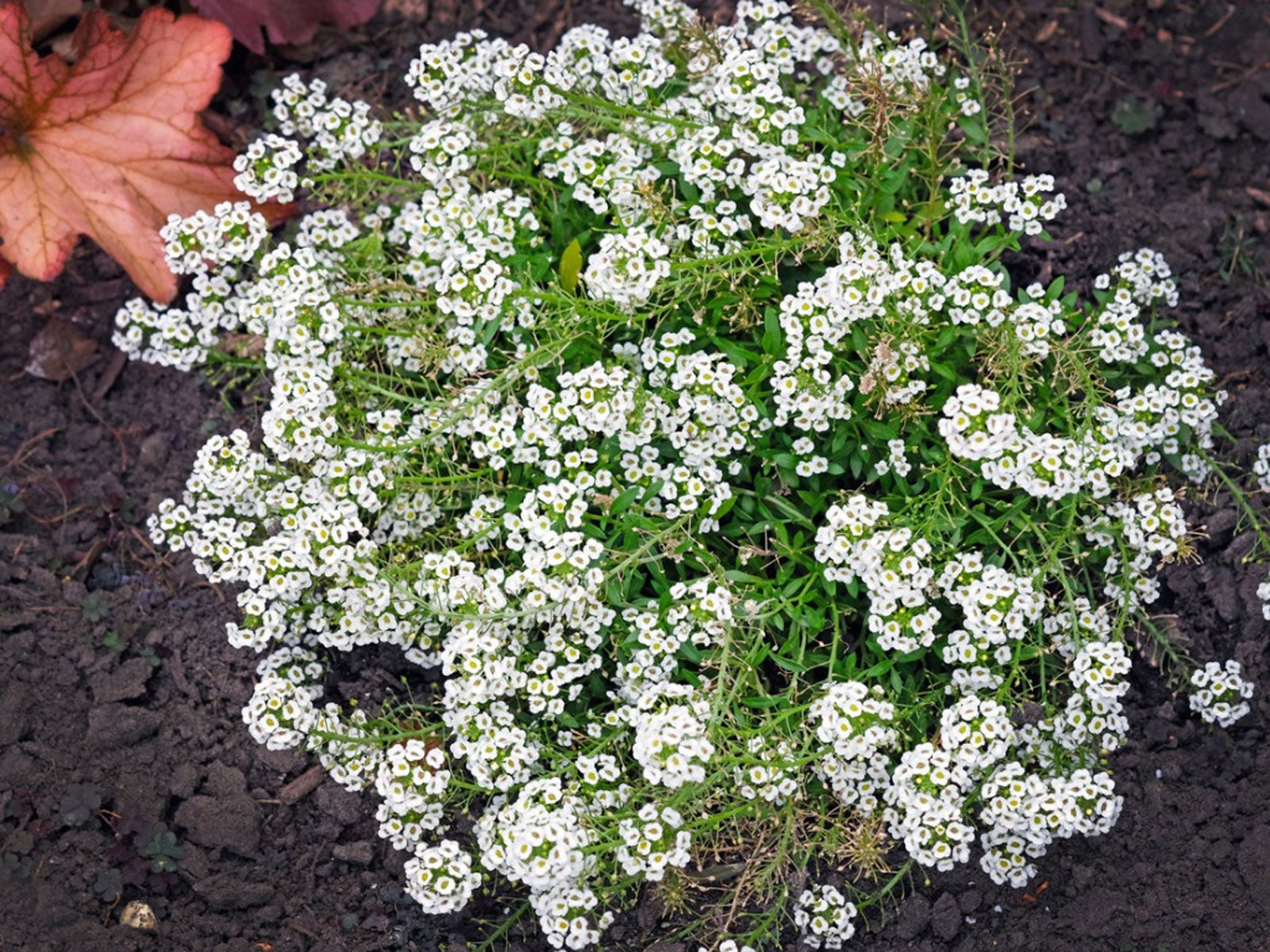
- Coleus: Coleus is a colorful plant that can add interest to a calibrachoa planting. It also tolerates heat and drought well, which makes it a good choice for hot, dry climates.
- Zinnia: Zinnias are bright, cheerful flowers that can add a pop of color to a calibrachoa planting. They are also relatively easy to care for and can tolerate a variety of conditions.
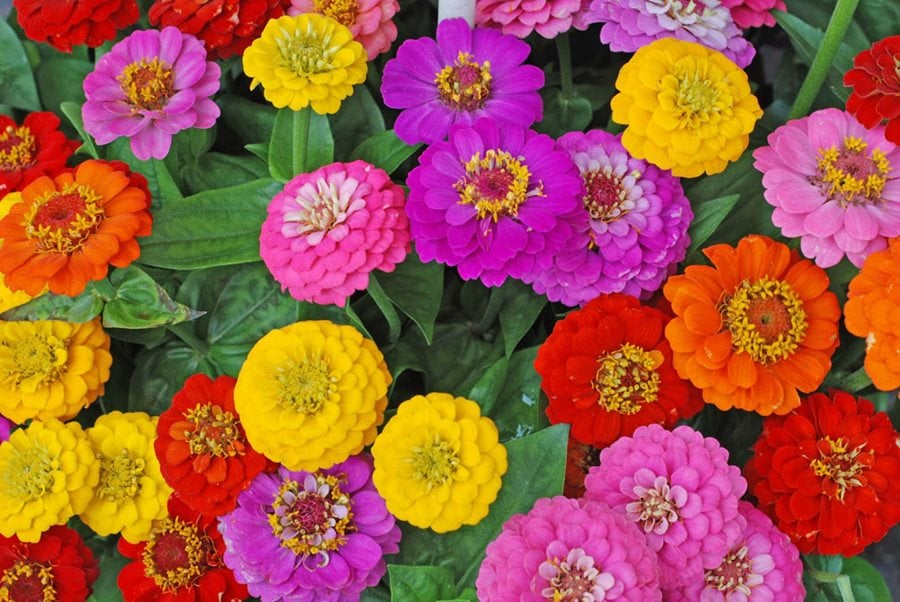
Question 2: How close together should calibrachoa plants be planted?
Answer: Calibrachoa plants can be planted as close as 6 inches apart. However, if you are planting them in a container, you may want to space them a bit further apart, as they will need more room to grow.
Question 3: How much water do calibrachoa plants need?
Answer: Calibrachoa plants are drought-tolerant, but they do need regular watering. Water them deeply once or twice a week, or more often in hot, dry weather.
Question 4: What kind of soil do calibrachoa plants need?
Answer: Calibrachoa plants prefer well-drained soil that is rich in organic matter. You can amend your existing soil with compost or other organic matter to improve drainage and fertility.
Question 5: How can I deadhead calibrachoa plants?
Answer: Deadheading is the process of removing spent flowers. This will encourage the plant to produce more flowers. You can deadhead calibrachoa plants by pinching off the spent flowers with your fingers.
Image of calibrachoa companion plants
5 different images of "calibrachoa companion plants" from Pinterest:
- Purple fountain grass is a tall, graceful grass that provides a vertical accent for calibrachoas. The two plants complement each other well in terms of color and texture.
- Salvias are another good choice for companion plants for calibrachoas. They come in a variety of colors, so you can find one that will perfectly match your calibrachoas. Salvias also attract butterflies and other pollinators.
- Geraniums are a classic companion plant for calibrachoas. They both thrive in full sun and need well-draining soil. Geraniums also come in a variety of colors, so you can mix and match them with your calibrachoas.
- Persian shield is a colorful and hardy plant that can add a pop of color to your garden. It also helps to attract pollinators.
- Sweet potato vines are a trailing plant that can be used to fill in empty spaces in your garden. They also come in a variety of colors, so you can match them with your calibrachoas.
Post a Comment for " Best Companion Plants For Calibrachoa"